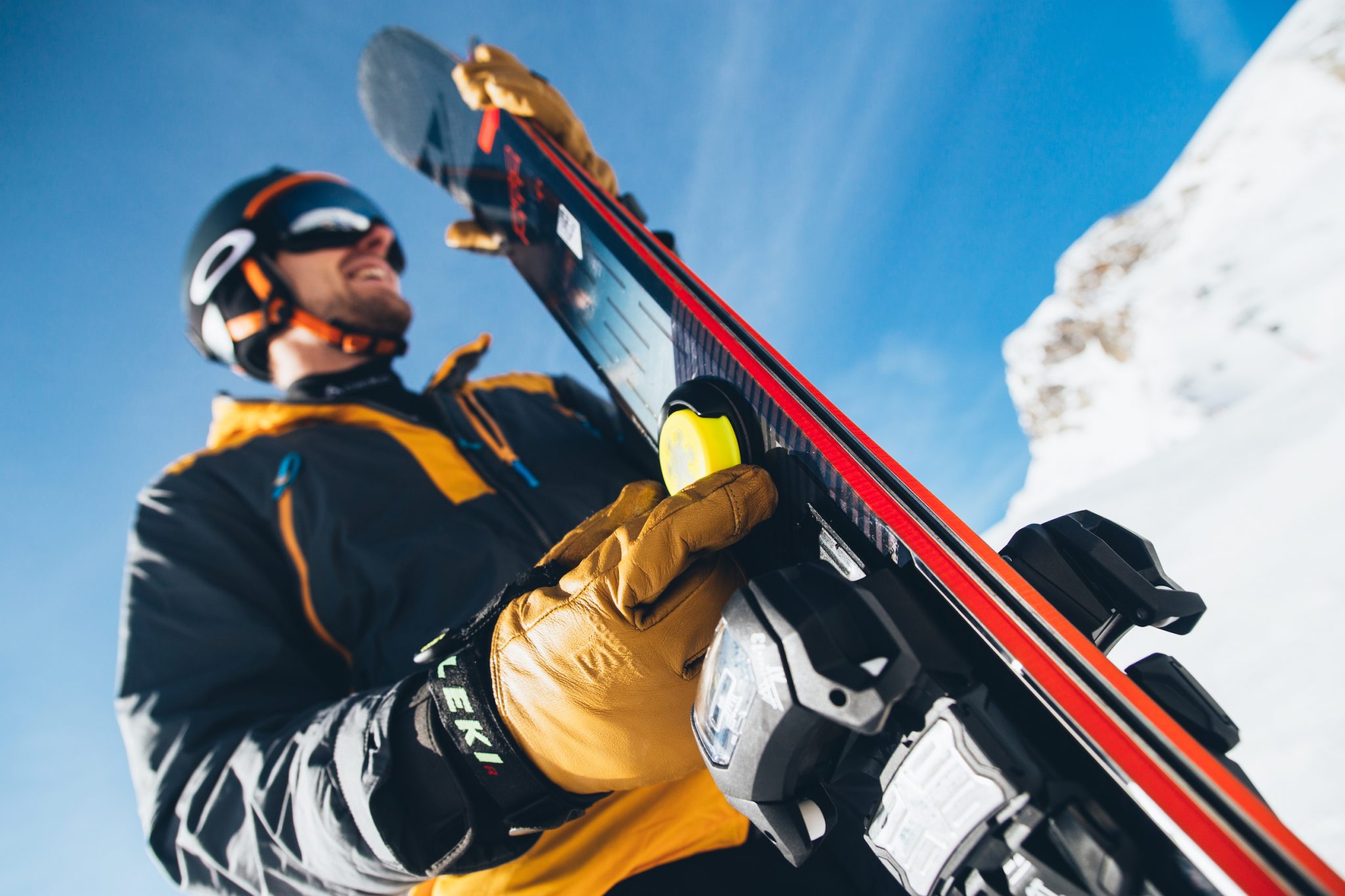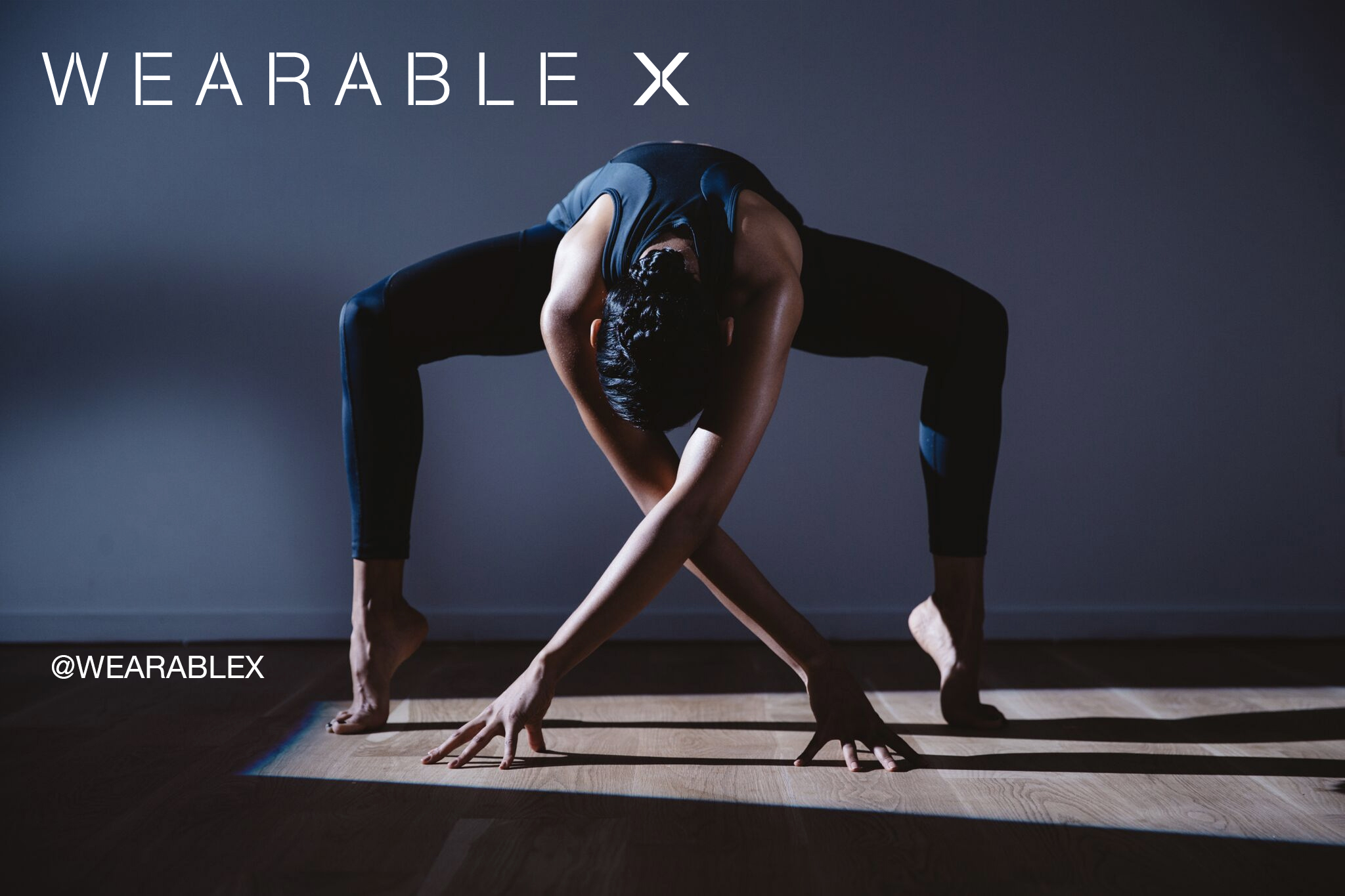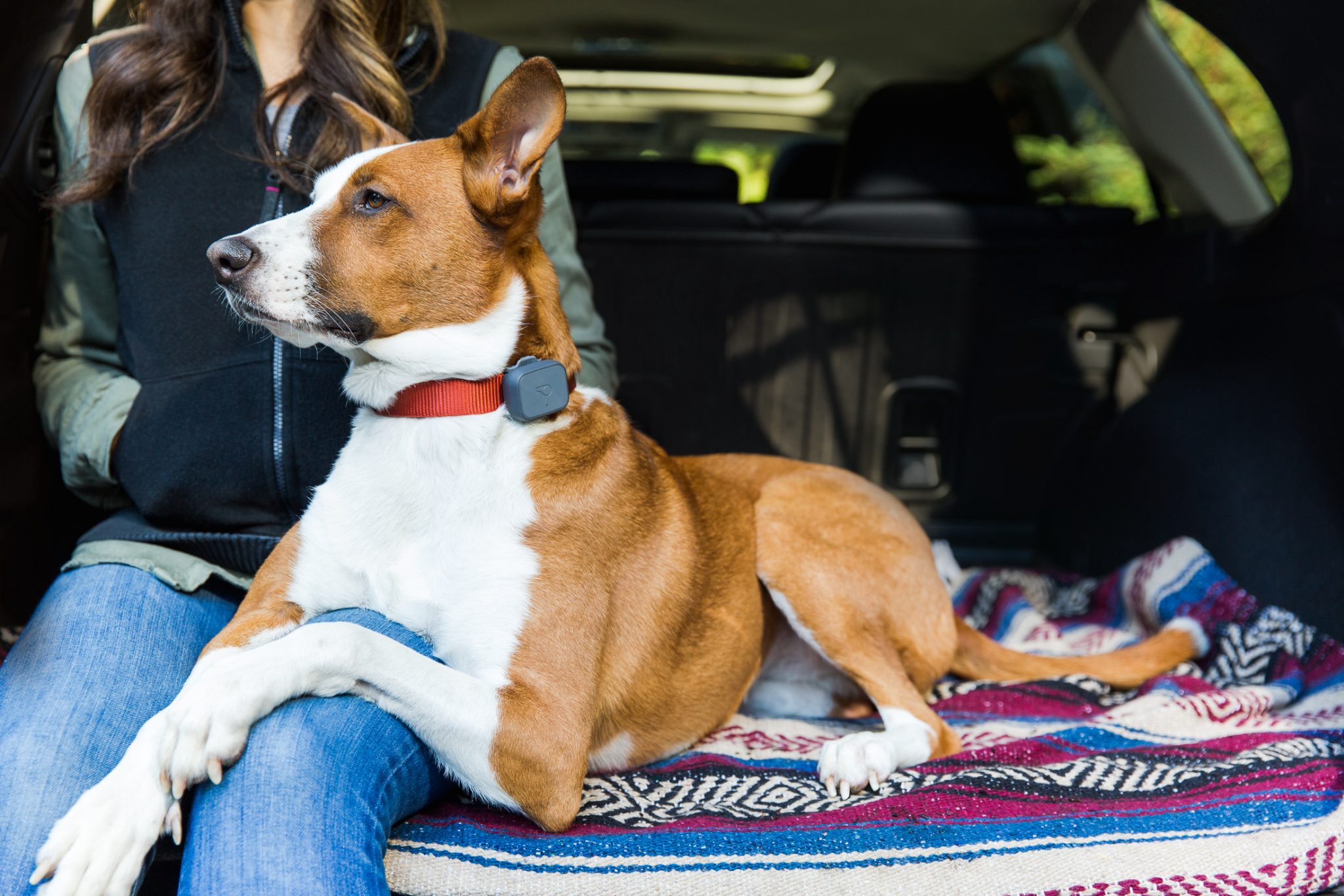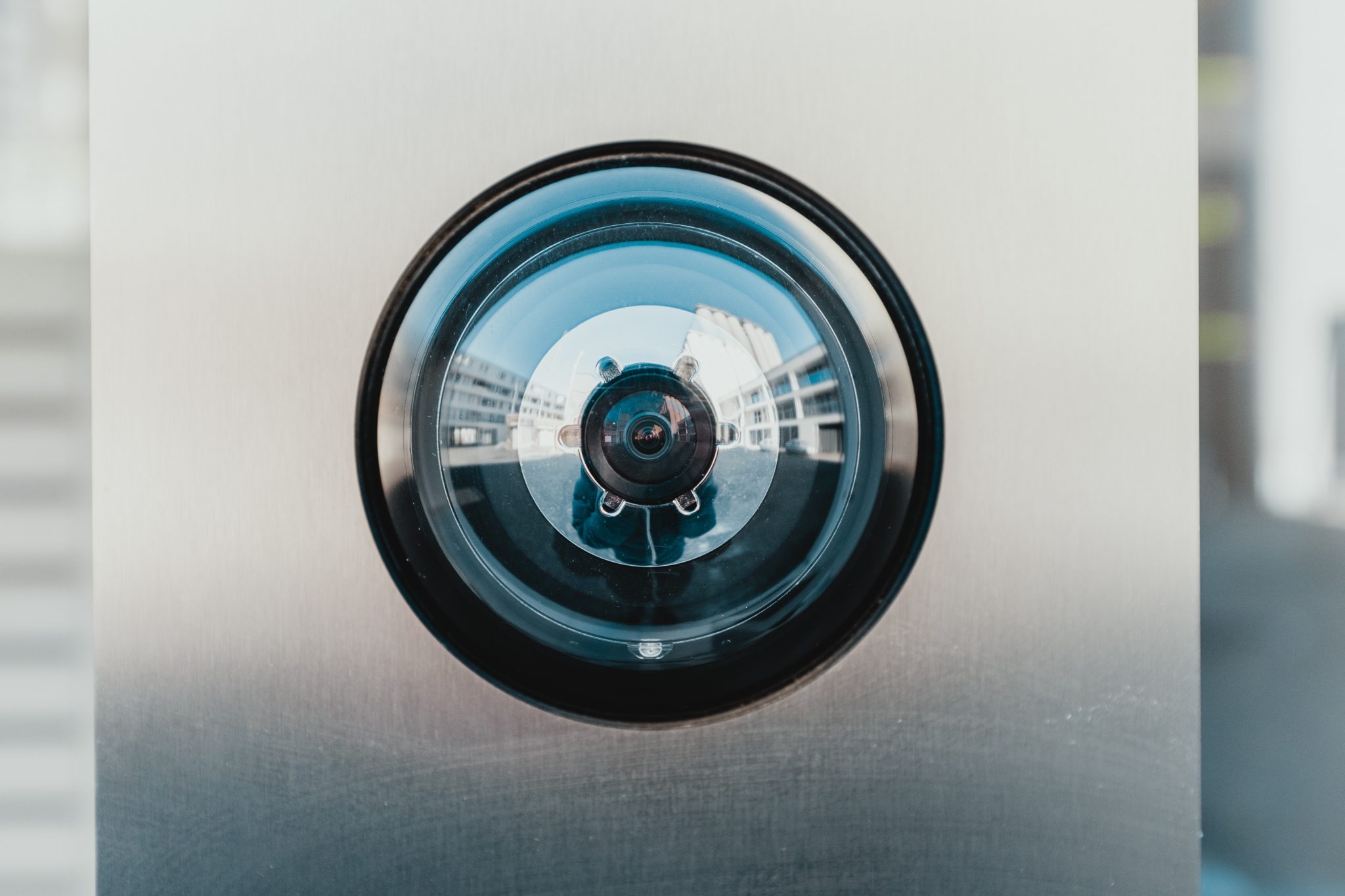Internet of Things (IoT) and Outdoor Gear – Smart Tech 101

Internet of Things and outdoor gear might sound like an oxymoron. In reality, they aren’t. The pace of growth in the outdoor gear sector has been nothing short of phenomenal. And with this comes the awareness that technology is playing a starring role in this growth.
What does Internet of Things mean?
The Internet of Things or IoT refers to a network of connected gadgets, including wearables and smart devices, that can exchange data – “talk to each other” – using embedded sensors and software, thus obviating the need for human directions or commands
What’s happening with IoT?

How do we get the Internet and by definition connectivity into gear? Are there any real benefits to it?
By 2020, it is expected that billions of devices will be connected to the Internet with only 1/3rd of those being smartphones and the like. The others are expected to be normal, mundane things like sensors, wearables and even household appliances which traditionally have not been connected.
From Alexa to Samsung, there are smart devices in our homes to help us. The amount of data collected by such devices could be frightening if we ever stopped to think about it. As human beings though, we are relying more and more on technology to get our mundane jobs done.
What’s IoT’s connection to outdoor gear?

Wearables
Currently, IoT is super popular in the health sector especially in terms of wearables and emergency notification systems. We can totally see this as something applied to the outdoor gear sector.
Take for the instance the example of Glassy Zone, which wants you to become surf-wise. Their app has become the default app for surfing and other watersports in Casio watches since last year.
Skiing-related wearables

Snowcookie has been developed by a Swiss startup which is a smart ski tracking system. It can capture your speed and technique and of course sends the data to your phone. Data crunching through the app gives you feedback on everything from stamina to technique improvement.
GPS is an inevitable application of IoT in outdoor gear. You can check out this brilliant list of personal beacon locators. Black Diamond has also come up with its very own avalanche beacon so if you are in a sticky situation, help can reach you!
Apparel
Companies have started playing around with the concept of smart apparel for a while now. Did you know, for instance, that the German men’s soccer national team wears smart performance jerseys by Adidas? This obviously lets the coaches keep track of their performance and suggest changes as needed.

There are yoga pants which pulse at points to let you know that you need to move or keep a position. Wearable X is offering a smart yoga experience and for someone who is keen to do yoga at home, this might be just the solution. Hexoskin is a Montreal based startup has developed a shirt laced with sensors. Data is captured in real time and is obviously very useful whilst doing sports.
We predict that smart apparel is here to stay and its usage can only grow.
Pets

Do you have pets? Well don’t worry, there’s a FitBit for pets too. Called Whistle, this is an Internet-connected collar that tracks your pet’s location and activity level. Here are some more options for your pets.
Benefits and Concerns about IoT

One of the main benefits of adopting this technology in apparel, for instance, is reducing counterfeiting. Customers can be very certain that they are buying genuine products. Brands can thus prevent revenue loss.
Smart apparel is becoming a big thing with Mammut ensuring that every item in their range is fitted with an NFC tag from Smartrac when it is manufactured. This, of course, relates to traceability in the supply chain.
As a brand, if a piece of clothing is tagged, it is inevitable that privacy concerns will arise. For a brand, it would be interesting data indeed especially on how customers use their products. Having said that, this happened with L.L. Bean and makes for very interesting reading. They had to back out integrating sensors into their clothing because of a public outcry. By current trends, we can bet however that the level of acceptance amongst the public will eventually shift.
Technology is also vulnerable to attacks. Hacks whilst being done on the Internet can also cause physical damage in real time. Hackers can take over pacemakers! This report from the Washington Post is guaranteed to scare. Read it and you will find reports of a California family getting hacked through their Nest camera. If your wearable is hackable, this definitely raises issues of privacy and safety.
Another valid concern regarding IoT devices is about their manufacture, usage, and then disposal. We chanced upon this piece of news which sounded utterly splendid.

Imagine wireless IoT sensors which can be used and disposed of without contaminating the environment!! Sounds like sci-fi right? This is definitely something that is needed for the future.
Future of IoT and outdoor gear

We see the usage of IoT spreading in the outdoor gear industry. Devices are only going to get more and more interconnected and the outdoor gear industry is sure to embrace this in time to come.
If you have ideas you would like to explore with us with IoT related travel or outdoor gear, please get in touch.
